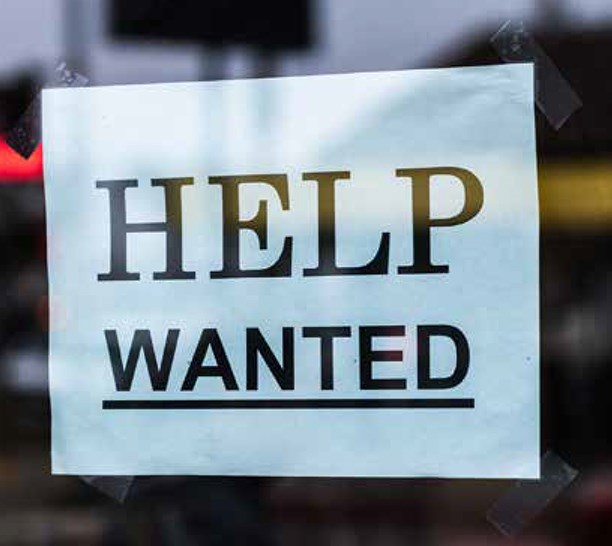The new Poverty Reduction Strategy for the Lower Sunshine Coast is a valuable snapshot of a moving target.
Not only was the project undertaken during the pandemic, when the status quo didn’t apply to anyone, but a number of “facts on the ground” changed as the report was being completed: income assistance rates went up, the minimum wage increased, a housing committee with an ambitious mandate and broad membership was established, and various supportive and affordable housing projects and plans moved forward.
Most of these developments are noted in the report and none of them change the overall picture, which is best summed up by the finding that 18 per cent – almost one in five – of Coast residents live in poverty, many of them working in low paid jobs. The housing crisis is described as “a primary contributor to poverty on the Lower Sunshine Coast” and is often tied to food insecurity. Other pressing needs – for more licensed child care, better public transportation, and stronger wage levels and income supports – are also well documented.
What makes this strategic framework different is that it tries to identify contributing factors, recommends ways to plan collectively and close service gaps, and pragmatically “positions the region to apply for additional funding for ongoing poverty reduction work.”
The goals it sets are worthwhile and its analysis is generally thoughtful, but the focus on client-and-service-provider solutions tends to overlook important community dimensions. In fact, one of its repeated themes is that there is “a low level of local awareness of the extent of poverty and its impact on the whole community.”
This claim does not ring entirely true.
Just one month ago there was an appeal to the community to raise $100,000 for the Coast’s four food banks. As of Tuesday, the campaign had brought in $77,290 and pledges for another $10,000. At last count, $440,000 had been raised for the affordable women’s housing project in Sechelt, a nice start toward the target of raising $3 million for the project. For any local cause, donations flow like a river through this community.
And it’s not just money – although direct charity answers immediate needs in a way that talking about the problem and applying for grants never will. Acts of inclusion, which break down social barriers, are also mainstream on the Coast. A good recent example was the outstanding collaboration between Rotary Club members, businesses, skateboarders, students and artists to rehabilitate the Sechelt Skate Park.
Quiet activism is a force for good on the Coast. Many individuals have risen to the challenge of finding homes for soon-to-be-evicted tenants, using social media or personal contacts, and we continue to hear about property owners stepping up to provide decent rental housing because they recognize it’s desperately needed.
These small, concrete solutions are more meaningful than calling for local governments to streamline bylaws to increase housing stock – the first priority action item in the strategic framework. Chambers of commerce have been calling for this panacea for 30 years and the reason it doesn’t happen is because residents almost always furiously oppose densification on their doorstep and local governments are elected to represent those people’s interests. It’s an extremely difficult balancing act and much easier said than done.
Despite these shortcomings, the Poverty Reduction Strategy has many great ideas and its heart is in the right place. There is room, however, for a broader vision that goes beyond governmental solutions and comes a little closer to what the Sunshine Coast is all about.


